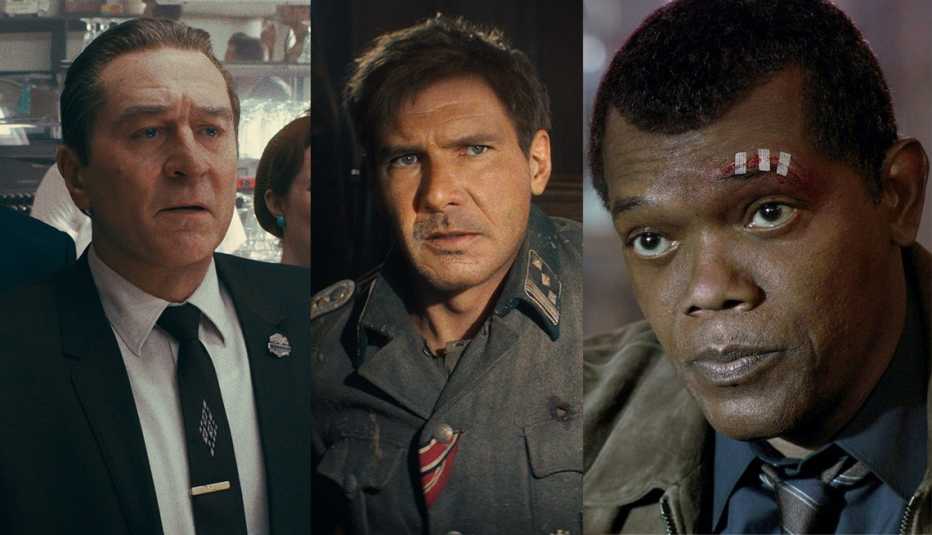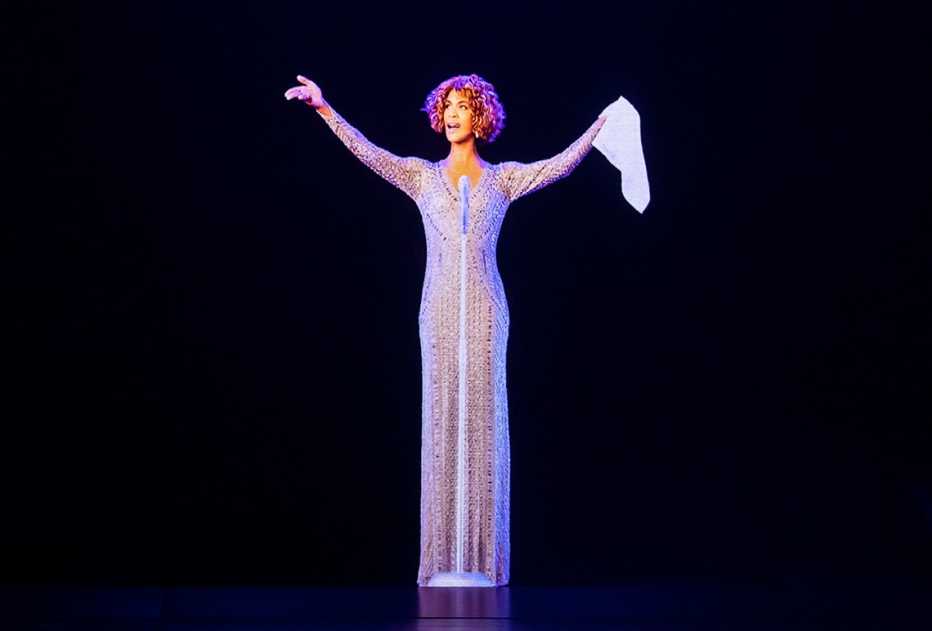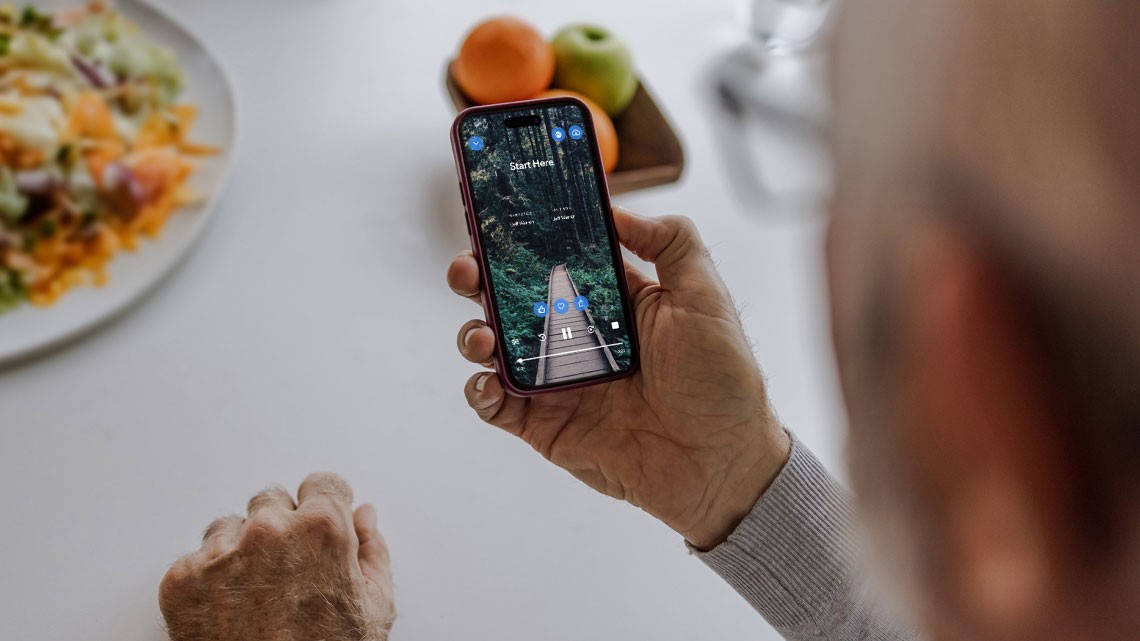Staying Fit


Why can’t the surviving Beatles just let it be?
Paul McCartney’s announcement that there will be a “new” Beatles record this year, based on an unreleased demo from John Lennon in which his voice has been “extricated” and massaged via artificial intelligence (AI), should send shudders through any true fan of the Fab Four.
In a recent BBC Radio interview, Sir Paul admitted that there’s a “scary side” to the latest technology — including entirely AI-generated tracks that he’s heard with digital replications of Lennon’s “voice” singing McCartney’s songs — when he never did so in real life. Imagine all the people… creating fan-fiction versions of the Beatles catalog good enough to fool the average listener.


AARP Membership— $12 for your first year when you sign up for Automatic Renewal
Get instant access to members-only products and hundreds of discounts, a free second membership, and a subscription to AARP the Magazine.
For some reason, though, McCartney seems perfectly content to risk the Beatles’ reputation by pushing off down the slippery slope of AI into a project that feels like a long and winding road away from anything that Lennon or George Harrison would have endorsed in their lifetimes. (Lennon died in 1980, Harrison in 2001.)
McCartney is not the only one seeking to capitalize on the latest technology to produce new works out of digitized versions of classic stars. There are now fresh music releases by long-dead artists, holograms that seek to recreate a concert performance, and movies that might resurrect dead stars in entirely new scenarios.







































































More From AARP
Why 'Revolver' Is Better Than 'Sgt. Pepper'
7 experts explain why the just-reissued 1966 Beatles album is fab
AI Could Be Your Next Therapist for Loneliness, Anxiety
Chatbots can help support mental health, experts say
Everything You Need to Know About ChatGPT, and Why It Matters
AI bot can find answers, or make things up, in a second